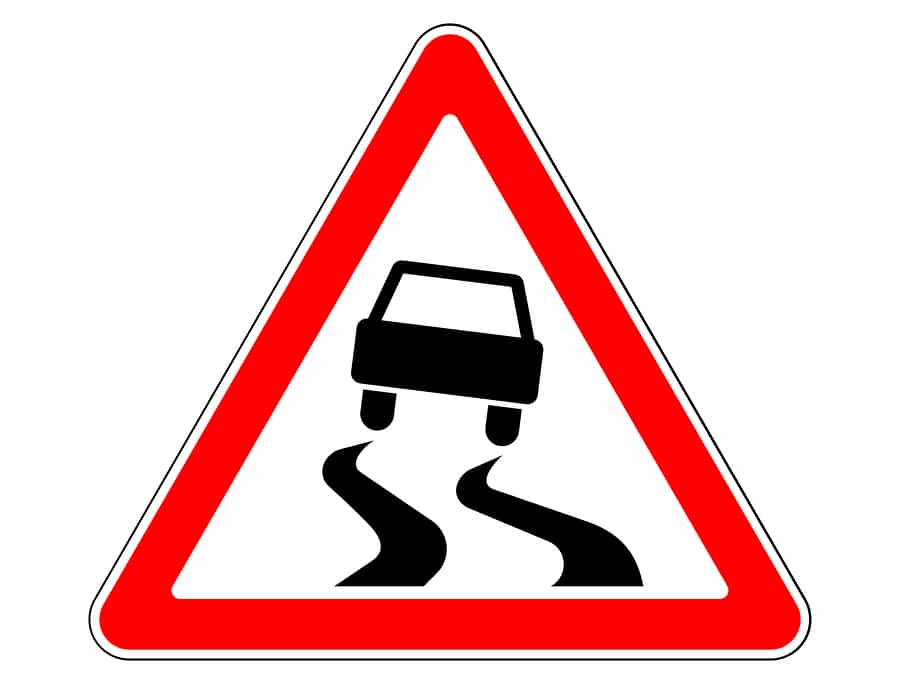
Skids are more likely to occur when there is a loss of friction and therefore traction on the roads. Snow, ice and water can cause a lack of proper grip on the tarmac causing your car to slip and slide.
Throw understeer, oversteer, acceleration and braking into the mix and you could have difficulty controlling your vehicle. When this happens it’s vital you remain calm. Even if you can’t avoid an accident, you can reduce the danger to yourself and others – by taking remedial action.
How can you avoid getting into a skid – and more importantly, what can you do if you should find yourself in one of the two different types of skid, oversteer or understeer?
Table of contents:
- How to prevent a skid
- What to do if You Experience Understeer…
- And How to Deal with Oversteer…
- And Finally
How to prevent a skid
As you would expect, the simplest way to deal with a skid is keeping the car under control. Regardless of the weather, we’d always recommend that you stay calm and consistent behind the wheel, not making any sudden decisions and taking care with accelerating and braking. Of course, when the conditions are treacherous, it always pays to employ an extra level of vigilance.
To prevent skids consider the following:
Don’t drive too fast – at higher speeds it is easier for your car’s tyres to lose grip on the road. Slow and steady wins the race, especially when there’s snow and rainwater on the tarmac.
Be gentle with the brakes – hard braking under duress can cause the wheels of your vehicle to lock up and enter into a skid. Remember that braking distances are also increased in bad weather – especially with ice on the roads.
Don’t over-accelerate – slamming the pedal to the metal can cause your back wheels to slip, flipping your back end out to the right or left of the front, and leaving you in a skid.
Try to steer gently – taking a curve at high speeds can cause your car to go into a skid, and under the worst conditions, when you turn your wheels this can trigger a skid.
Avoid overestimating your car’s capabilities – some drivers believe that their heavier SUVs or vans somehow have more traction due to the weight of the vehicle or its engine power – and can therefore handle adverse conditions. These cars are as prone as any others to skids.
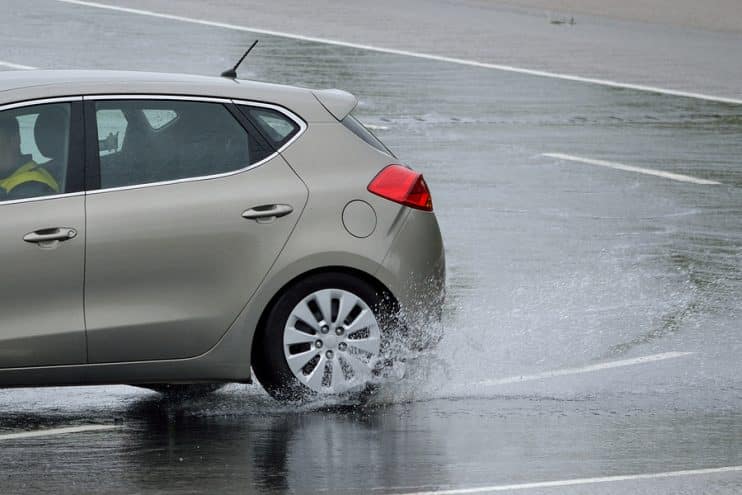
What to do if You Experience Understeer…
When the front wheels slip on the road, whilst your rear wheels are still gripping the surface this creates understeer. Go too fast into a bend and you’ll have trouble maintaining control when you try to apply steering lock, causing you to continue in a straight line, rather than turning the front end in your desired direction. What actions do you need to take to recover this situation?
Slow down – take your foot off the pedal and reduce the speed of the car, allowing you to start to take control.
Take off some steering lock – to give the tyres a chance to regain grip as you move around the corner.
If you regain grip – then it may be possible to add more steering lock to get you around the corner. If not, then you should slow down even further. On very slippery surfaces, such as ice and watery mud, coming off the throttle is your only choice.
Avoid stepping hard on the brakes – as this will simply cause the situation to become worse.
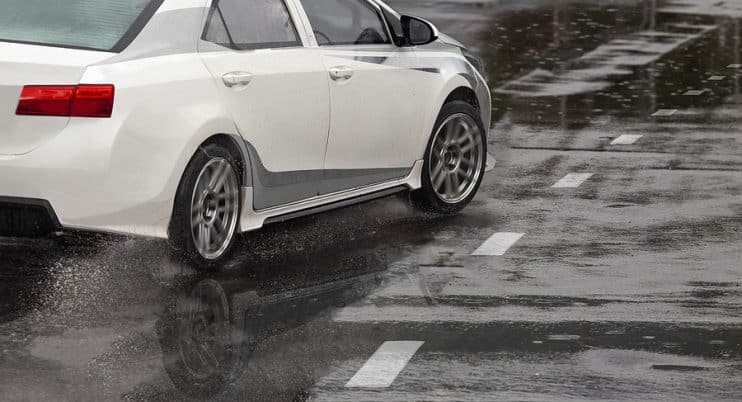
And How to Deal with Oversteer…
There are two types of oversteer that can affect your vehicle. The first normally occurs when you brake on a loose or slippery surface, and your vehicle’s weight moves to the front of the car. As you’d expect, this makes the rear of the car prone to spinning out on the axis of the front wheels, as the rear wheels lose traction and grip. Ever heard the advice to steer into a skid? This is where these wise words can pay off, together with the following steps:
Do not apply the brakes – instead a very light touch on the accelerator should help bring the vehicle under control.
Steer into the skid – applying a little steering lock, which should give you the directional control you need to work your way around the corner.
Keep your eyes on the road – fixate on where you want to go, as staring at other objects can cause you to accidentally steer towards them.
The secondary type of oversteer is caused by too heavy a touch on the accelerator, causing the back wheels to over spin, whilst the rear end of the car flips out. You may even be familiar with this action from films like Tokyo Drift, which idolise this movement as a faster, albeit more dangerous way, to take corners. Again, the mantra of steering into the skid is appropriate with this kind of oversteer, together with the following steps:
Be gentle with your speed – don’t hit the brakes suddenly and keep your speed constant, or alternatively only take a little speed off at any time.
Adjust the steering – so that the front of your car is pointing in the direction you wish to travel. Again, it’s important to focus your eyes on your intended pathway to prevent you fixating on other objects.
And Finally
The best way to deal with skids is to avoid them completely. Always drive at the required speed limit and pay attention to road signs that tell you to slow down – they’re there for a reason.
Remember that the 2 second rule will prevent you from needing to brake suddenly because of traffic, and you must think about braking distances when in the wet or in icy conditions. At 30mph you need around 14m to brake successfully – in the wet this number is doubled and in icy conditions can be up to 10x the normal amount. Be very cautious in dangerous weather.
And if you want to make sure your skills are up to scratch then why not take an advanced course with the ROSPA? You’ll be able to work with simulated conditions including skids, giving you that extra slice of confidence behind the wheel.

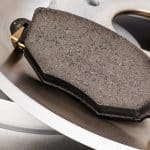

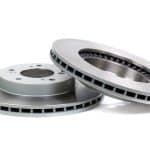
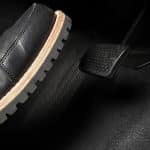
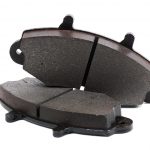
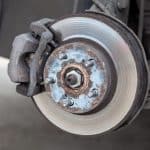
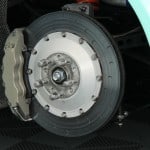
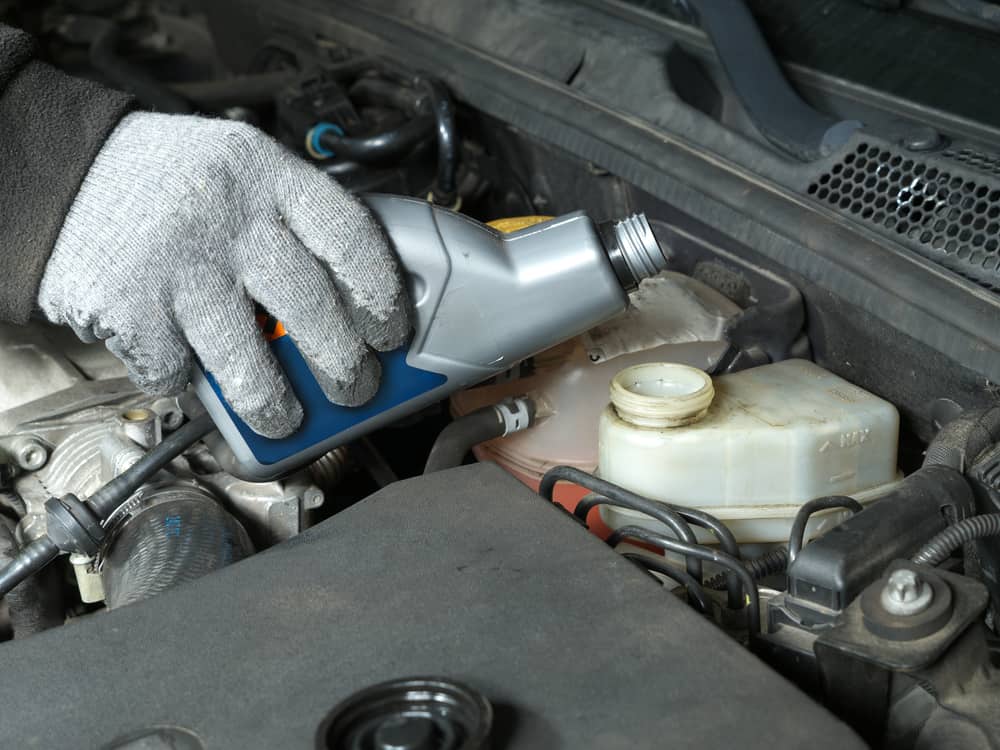
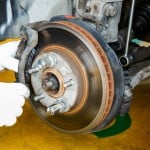
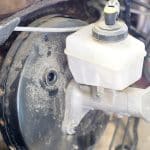

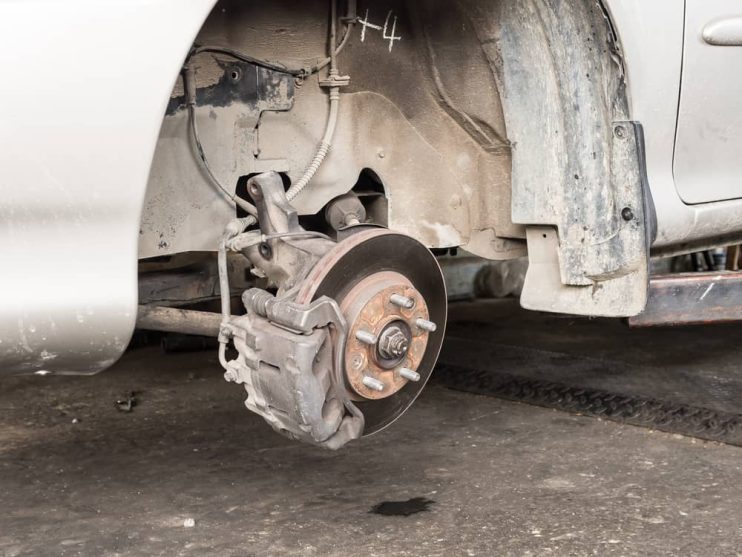
.png)